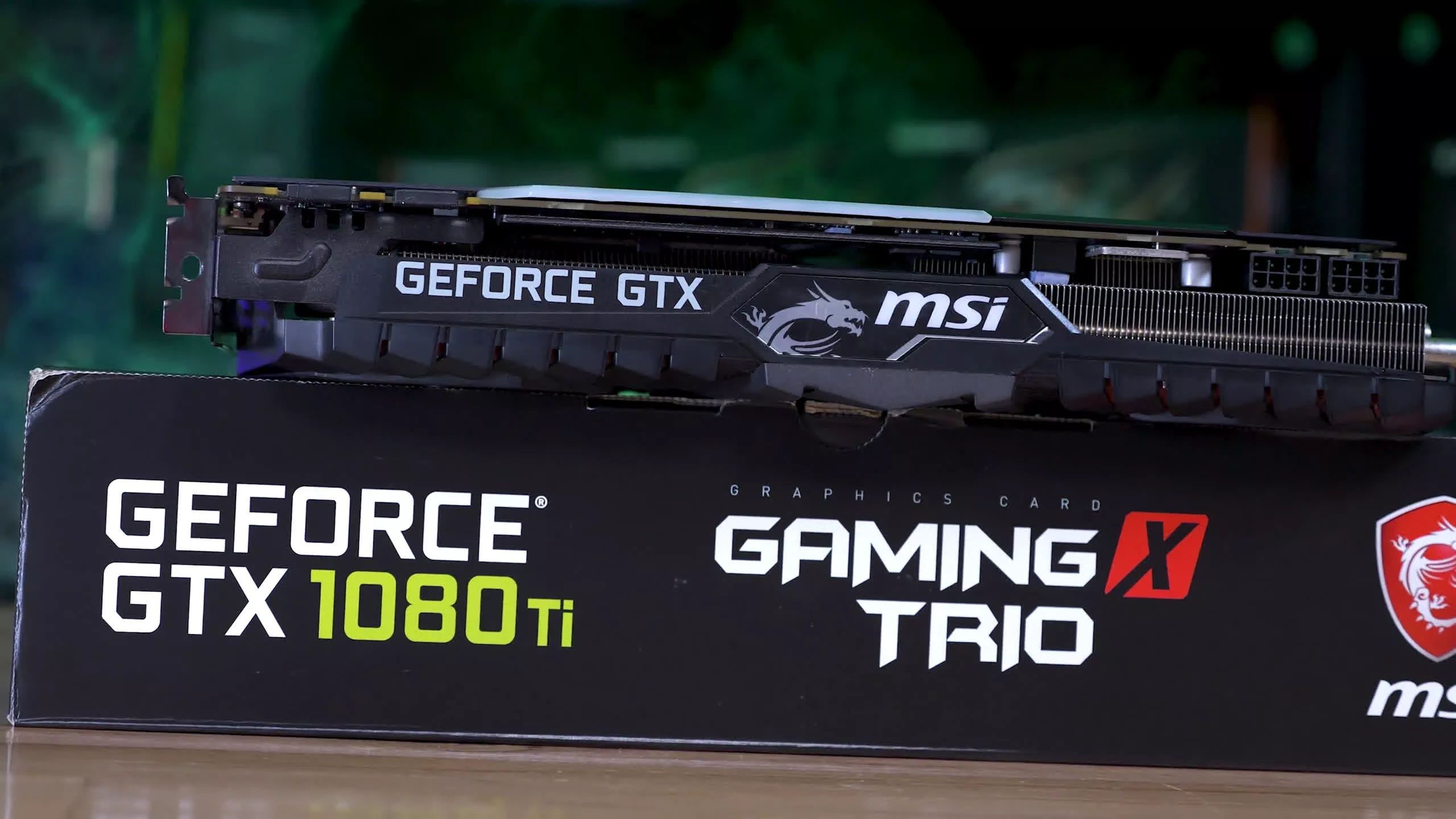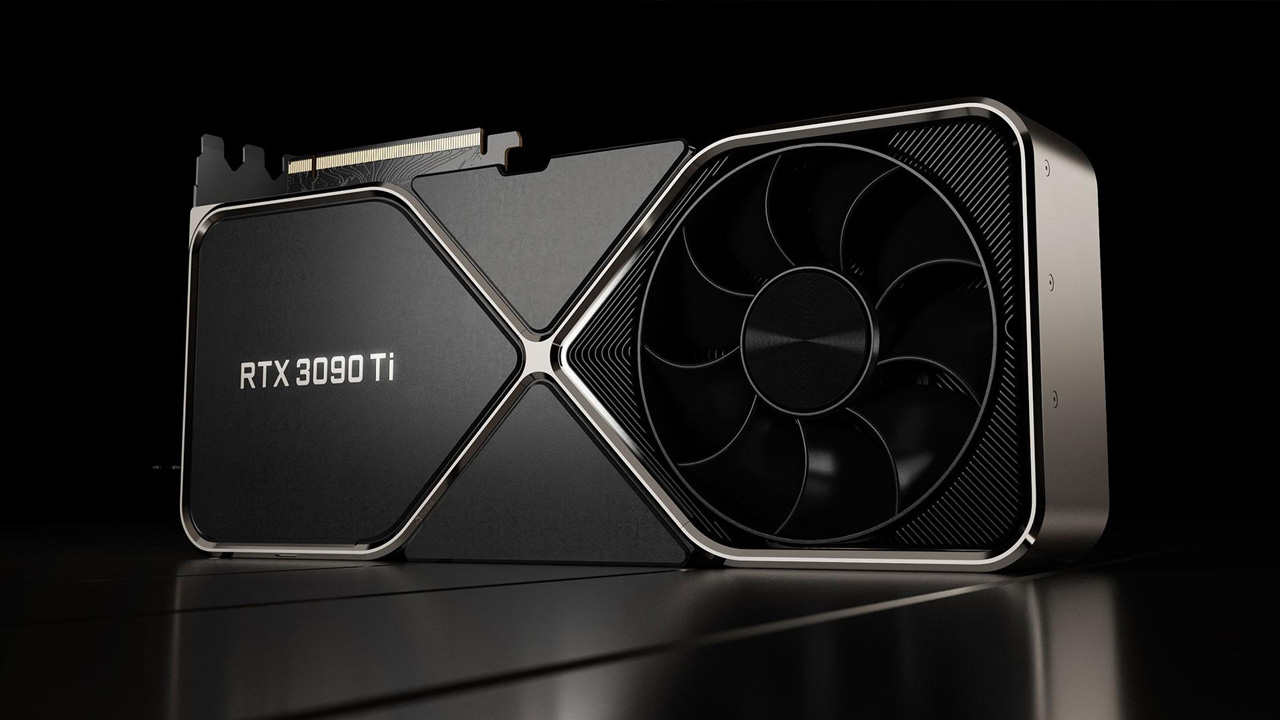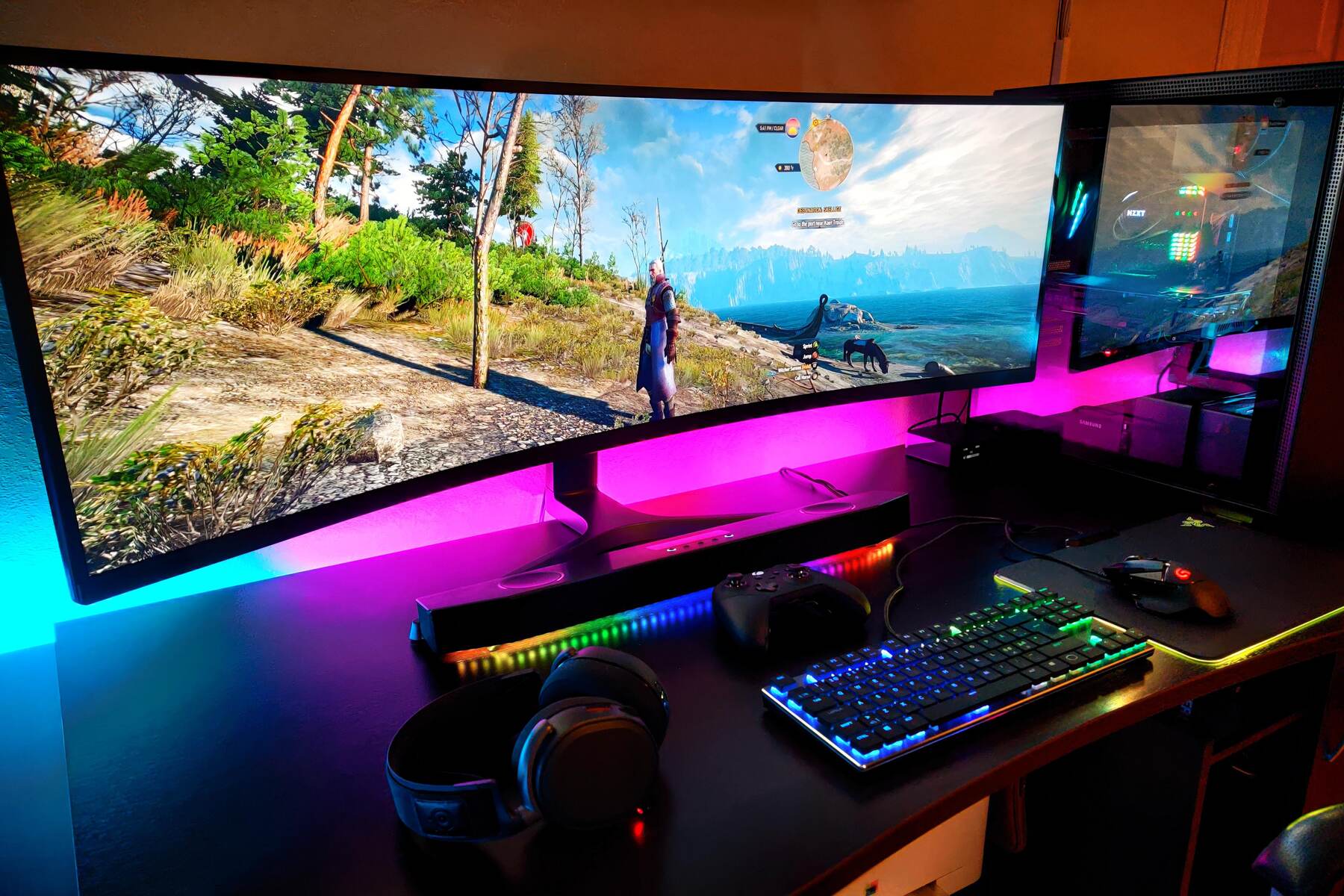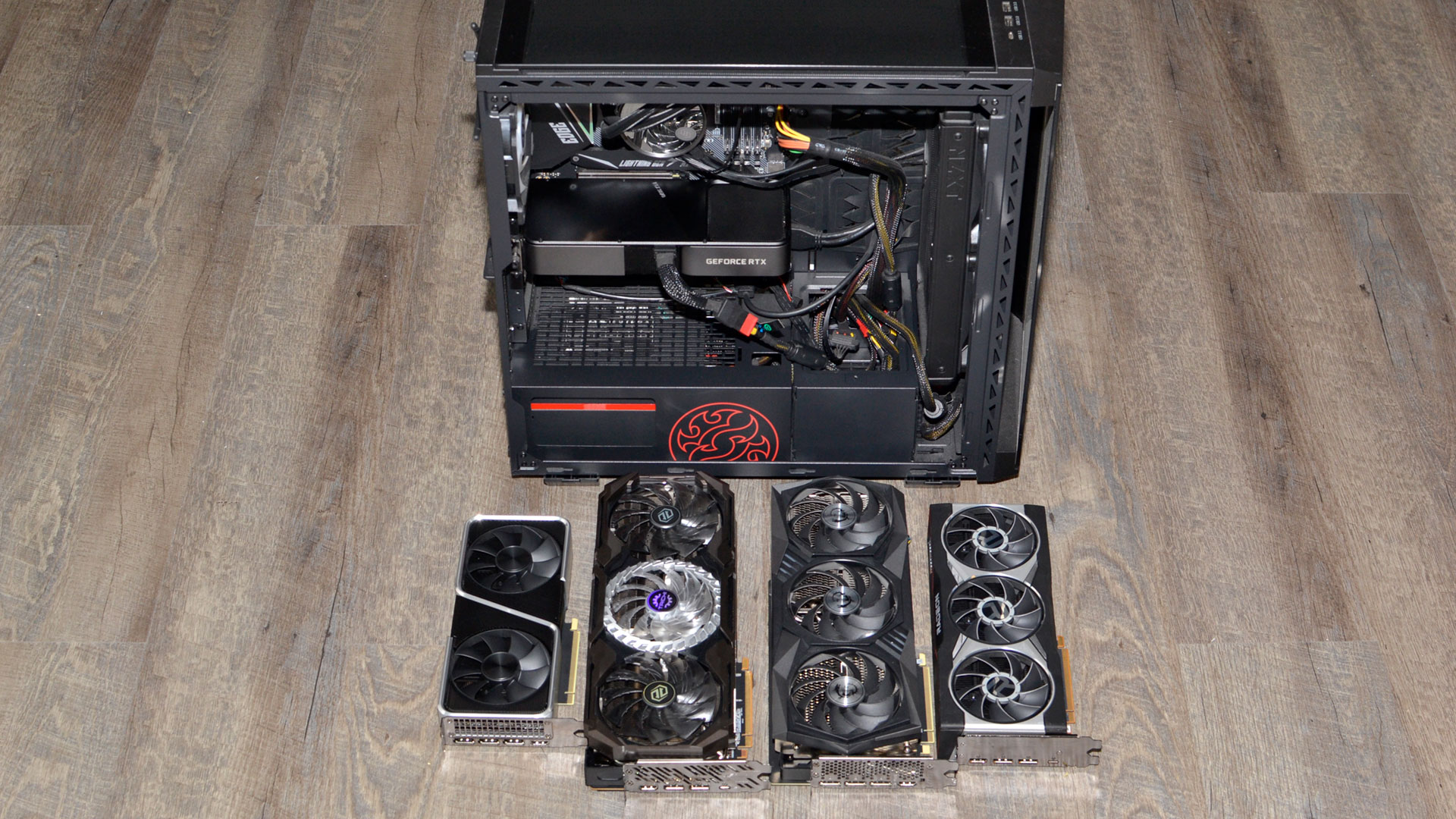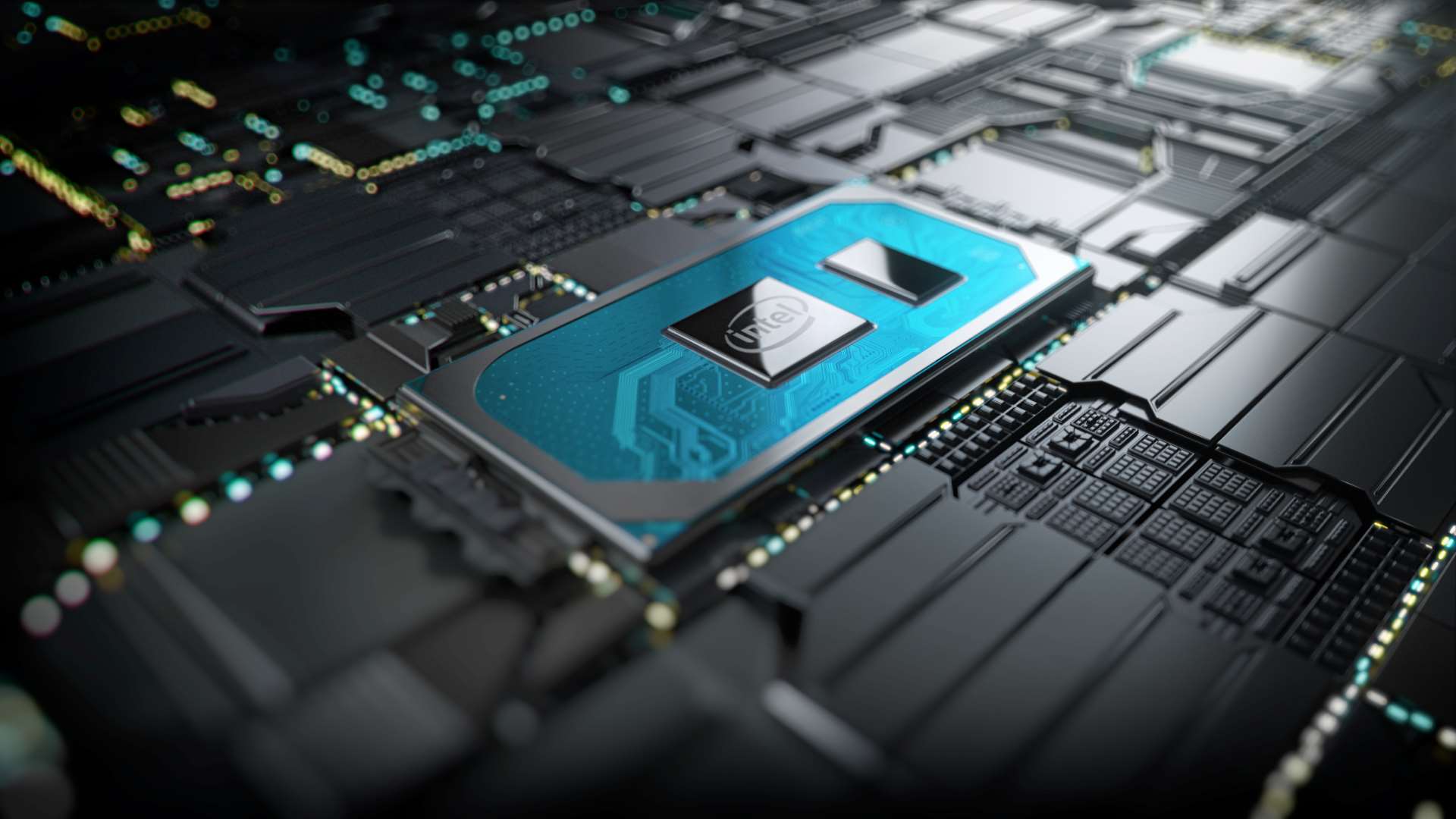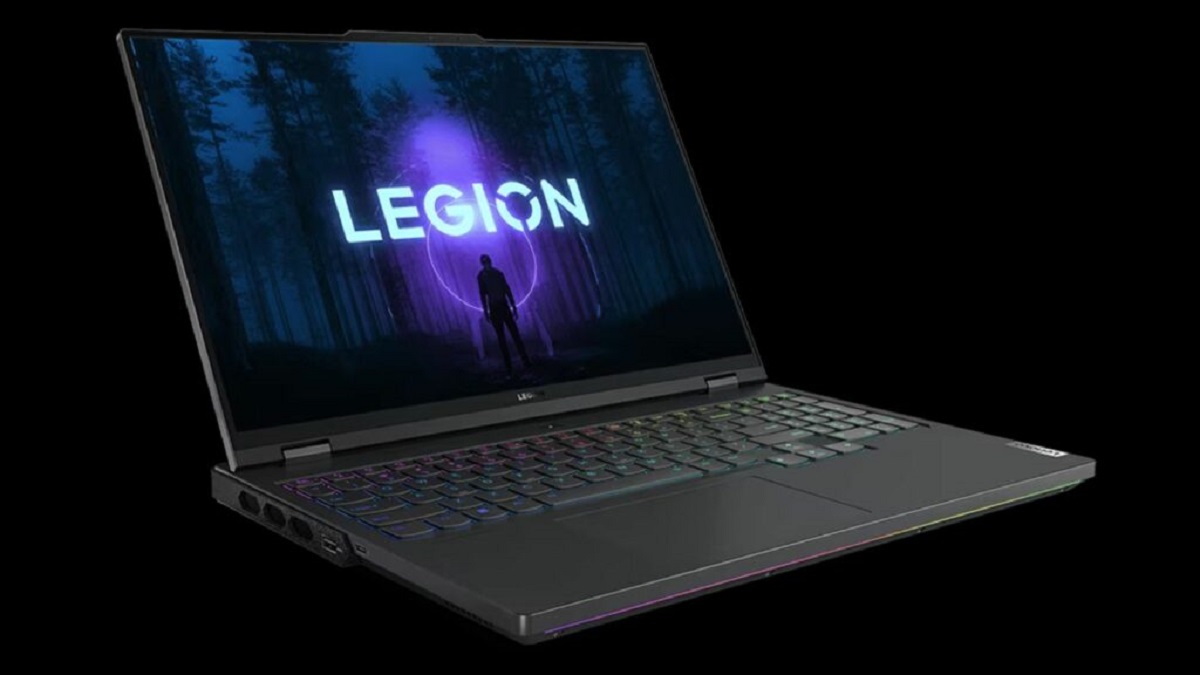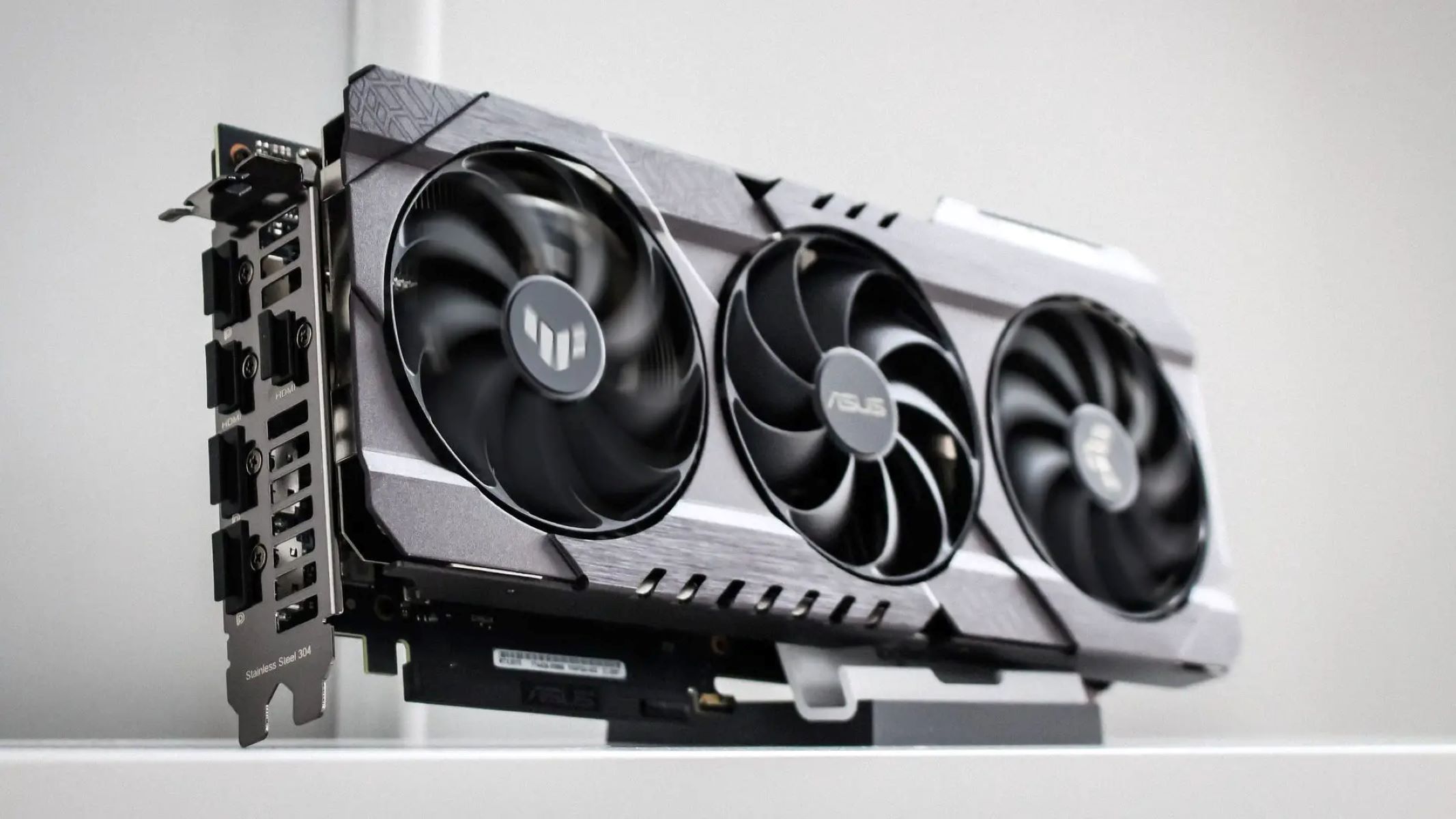Introduction
When it comes to choosing a graphics card for your computer, you might have come across the term “TI” associated with certain models. But what does TI mean, and how does it affect the performance of a graphics card? In this article, we’ll delve into the world of graphics cards and explore the significance of the TI designation.
The TI label on a graphics card stands for “Titanium.” It’s a term used by the renowned graphics card manufacturer NVIDIA to denote a higher-performance version of their standard graphics cards. Essentially, a TI graphics card offers an upgraded and optimized version of its non-TI counterpart, delivering enhanced performance and additional features.
With the continuous advancement of technology, graphics cards play a crucial role in gaming, digital media creation, and even general computing tasks. The TI designation signifies that the graphics card has undergone further development, providing better performance and improved capabilities compared to the non-TI variant.
Now that we understand what TI on a graphics card represents, let’s dive deeper into the performance boost it brings and the features and improvements you can expect from a TI model.
What is TI on a Graphics Card?
TI, or “Titanium,” is a designation used by NVIDIA, one of the leading manufacturers of graphics cards, to signify a higher-performance version of their standard models. When a graphics card carries the TI label, it means that it has undergone optimizations and enhancements to deliver superior performance compared to its non-TI counterpart.
The TI designation typically indicates that the graphics card features a more powerful GPU (Graphics Processing Unit) and higher clock speeds. These improvements result in smoother gameplay, faster rendering of graphics, and improved overall performance in demanding tasks like video editing and 3D rendering.
In addition to the boosted performance, TI graphics cards often come with an increased number of CUDA cores. CUDA cores are specialized processors within the GPU that handle complex graphical calculations. More CUDA cores allow for better performance in parallel computing tasks, enabling faster and more efficient processing of data and graphics.
Another key aspect of TI graphics cards is the inclusion of more VRAM (Video Random Access Memory). VRAM is dedicated memory on the graphics card that stores texture and image data, allowing for quick access and display. With more VRAM, TI graphics cards can handle higher-resolution textures, larger file sizes, and more complex scenes, resulting in improved visual fidelity and smoother gaming experiences.
It’s worth noting that not all NVIDIA graphics card models have a TI variant. The TI label is typically reserved for the higher-end models and represents a step-up in performance and capabilities within a particular GPU series. It’s essential to consider your specific needs and budget when deciding between a regular graphics card and a TI model.
Now that we have a clear understanding of what TI signifies on a graphics card, let’s explore the performance boost, features, and improvements that come with a TI model in the next section.
Performance Boost
One of the primary benefits of choosing a TI graphics card is the significant performance boost it provides. NVIDIA engineers optimize TI models to deliver faster and more efficient performance compared to their non-TI counterparts.
The increased clock speeds and more powerful GPU found in TI graphics cards result in higher frame rates and smoother gameplay in video games. You’ll experience reduced stuttering, improved responsiveness, and enhanced overall gaming performance. This is especially noticeable in graphics-intensive games or when playing at higher resolutions.
TI graphics cards also excel in tasks that require heavy graphical processing, such as video editing, 3D rendering, and animation. The additional CUDA cores and increased VRAM enable quicker rendering times and smoother previews, enhancing productivity and workflow efficiency for professionals and content creators.
Moreover, TI graphics cards are often designed with advanced cooling solutions to ensure optimal thermal performance. This allows the GPU to maintain higher clock speeds without overheating, resulting in sustained performance during demanding tasks.
However, it’s important to consider the compatibility of your system before opting for a TI graphics card. The increased performance comes with higher power requirements, so you might need to ensure that your power supply unit can handle the additional load.
Ultimately, the performance boost offered by TI graphics cards depends on the specific model and its technological advancements. Therefore, it’s crucial to research and compare performance benchmarks and reviews to determine if the performance gain justifies the additional cost.
In the next section, we’ll explore the features and improvements that come with TI graphics cards, enhancing both the gaming and creative capabilities of these high-performance GPUs.
Features and Improvements
In addition to the performance boost, TI graphics cards often come with a range of added features and improvements that further enhance their capabilities. These features can contribute to a more immersive gaming experience and increased productivity when working with graphics-intensive applications.
One notable improvement in TI models is the inclusion of advanced ray-tracing capabilities. Ray tracing is a rendering technique that simulates the behavior of light, resulting in more realistic lighting and shadows in games and graphics. TI graphics cards are optimized to handle ray tracing tasks more efficiently, allowing for improved visual fidelity and stunning graphics.
TI graphics cards also often support features like DLSS (Deep Learning Super Sampling) and AI-enhanced rendering. DLSS uses AI to upscale lower-resolution images to higher resolutions in real-time, resulting in improved image quality without sacrificing performance. AI-enhanced rendering techniques further enhance the quality and accuracy of various visual effects, such as reflections and ambient occlusion.
Additionally, TI models typically offer more connectivity options and higher bandwidth for faster data transfer. This includes features like multiple display outputs, USB-C ports, and support for high-resolution displays and VR headsets. These enhancements allow for seamless multi-monitor setups, immersive virtual reality experiences, and easy connectivity with external devices.
Another aspect where TI graphics cards excel is in thermals and noise levels. Manufacturers often implement advanced cooling solutions, such as larger heatsinks, more efficient fans, or liquid cooling options, to ensure optimal performance without excessive noise or overheating. This is particularly important when pushing the GPU to its limits during extensive gaming sessions or resource-intensive tasks.
Lastly, TI graphics cards often come with additional software features and optimizations. These can include dedicated gaming modes, overclocking utilities, and compatibility with software frameworks specifically designed to take advantage of the enhanced capabilities of these high-performance GPUs.
It’s essential to consider which features and improvements are important to you based on your specific needs. Whether you prioritize realistic graphics, productivity enhancements, or connectivity options, TI graphics cards often offer a wide range of enhancements that cater to diverse user requirements.
Now that we’ve discussed the features and improvements that come with TI graphics cards, let’s move on to considering the pricing aspect in the next section.
Pricing
When it comes to pricing, it’s important to note that TI graphics cards typically come at a higher price point compared to their non-TI counterparts. The performance boost, additional features, and improvements found in TI models contribute to the increased cost.
The exact pricing difference between a regular graphics card and a TI model varies depending on the specific GPU series, manufacturer, and market conditions. However, it’s not uncommon for a TI variant to cost 10-20% more than its non-TI counterpart.
It’s essential to consider your budget and requirements when deciding whether the price premium for a TI graphics card is worth it. If you’re an avid gamer or a professional who heavily relies on graphics-intensive applications, the improved performance and additional features may justify the higher cost.
However, if you’re on a tight budget or your usage doesn’t require the highest level of performance and features, a non-TI graphics card might be a more cost-effective option. Non-TI models still offer excellent performance and can handle most games and applications without any issue.
When assessing the pricing, it’s also worth considering your upgrade cycle. If you tend to upgrade your graphics card frequently to stay on top of the latest advancements, investing in a TI model might make more sense. On the other hand, if you prefer to upgrade less frequently, a more budget-friendly option could be a better fit.
Ultimately, the decision between a regular graphics card and a TI model boils down to your individual needs, budget, and willingness to pay for the added performance and features.
Now that we’ve discussed pricing, let’s move on to analyze whether investing in a TI graphics card is worth it in the next section.
Is it Worth It?
Deciding whether a TI graphics card is worth the investment depends on various factors, including your specific needs, budget, and desired level of performance.
If you are a hardcore gamer who wants the best possible gaming experience with high frame rates, smooth gameplay, and stunning visuals, a TI graphics card might be worth it. The performance boost provided by TI models allows you to play the latest games at higher resolutions and graphics settings, ensuring a more immersive and enjoyable gaming experience.
For professionals in graphic design, video editing, or 3D rendering, the extra power and capabilities offered by TI graphics cards can significantly increase productivity. The improved performance enables quicker rendering times, smoother previews, and the ability to handle more complex projects efficiently. This can save valuable time and enhance workflow efficiency.
However, if you are more of a casual gamer or your work does not require the absolute top-tier performance, a regular graphics card may be sufficient for your needs. Non-TI models still provide excellent performance and can handle most games and applications without any issues. Choosing a regular graphics card can help you save money without any significant compromise in performance.
It’s also important to consider your upgrade cycle and future-proofing. If you tend to upgrade your graphics card frequently, investing in a TI model ensures that you stay ahead of the curve with the latest advancements and technologies. On the other hand, if you prefer to upgrade less frequently, opting for a regular graphics card allows you to save money and still enjoy an excellent gaming or computing experience.
Ultimately, the decision comes down to your personal preferences and budget. If you prioritize having the absolute best performance and want to future-proof your system, investing in a TI graphics card is a worthwhile choice. However, if you don’t necessarily require the highest level of performance or have budget constraints, a regular graphics card can still provide a satisfactory experience.
Consider your specific needs, research performance benchmarks and reviews, and weigh the cost against the expected benefits before making your decision.
With all these considerations in mind, let’s conclude our exploration of TI graphics cards in the next section.
Conclusion
In conclusion, the TI designation on a graphics card represents a higher-performance version compared to its non-TI counterpart. TI graphics cards offer a significant performance boost, enhanced features, and improvements that cater to gamers and professionals who demand top-tier performance.
If you are a passionate gamer or a professional in need of powerful graphics processing capabilities, investing in a TI graphics card can provide you with smoother gameplay, faster rendering times, and improved productivity. The increased clock speeds, higher CUDA core count, and additional VRAM found in TI models result in superior performance and visual fidelity.
However, it’s important to consider your budget and specific requirements before opting for a TI graphics card. The higher price tag associated with TI models may not be necessary if your usage doesn’t demand the highest level of performance. Non-TI graphics cards still offer excellent performance and can handle most games and applications with ease.
Additionally, it’s crucial to assess your upgrade cycle and future-proofing needs. If you frequently upgrade your hardware to stay on top of the latest advancements, a TI graphics card ensures you have the cutting-edge technology. But if you prefer less frequent upgrades, a regular graphics card can provide a cost-effective solution without compromising significantly on performance.
Ultimately, whether a TI graphics card is worth it depends on your individual needs, budget, and desired level of performance. Assess your priorities, research performance benchmarks, and carefully weigh the cost-benefit ratio before making a decision.
Remember, what matters most is choosing a graphics card that suits your specific requirements and provides an optimal experience for your gaming, design, or general computing needs.
With this comprehensive understanding of TI graphics cards, you can now make an informed decision about whether or not to invest in one and enjoy the enhanced performance and features they offer.









